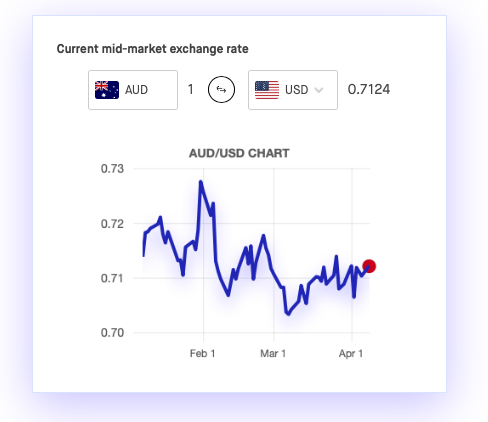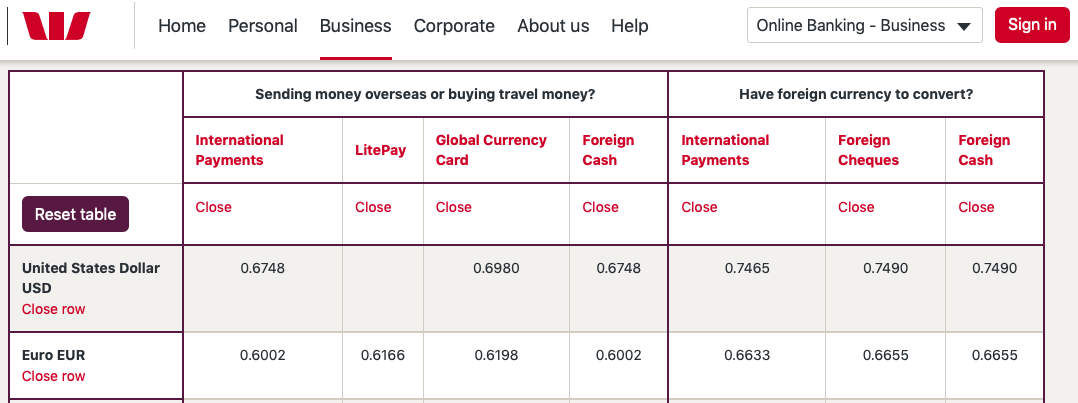Exchange rate margin: the key to a fair international money transfer
Understanding that the exchange rate you accept when transferring money overseas is inclusive of a fee is the first step in taking back control of your international money transfers.

They can call it “Exchange rate margin”, “FX spread”, “customer exchange rate” and “FX fee” or “currency exchange margin”. While banks and money transfer providers might use different language, these terms all refer to the same thing: the mark-up businesses add on to the real exchange rate to help you convert money between currencies.
Understanding that the exchange rate you accept when transferring money overseas is inclusive of a fee is the first step in taking back control of your international money transfers.
What’s the real exchange rate?
You can think about the real exchange rate as the ‘wholesale’ rate for currencies; it is the price that big financial institutions buy and sell large volumes of currency from one another, and it’s always changing.
All you really need to know about the real exchange rate is that it represents the fairest possible rate for converting one currency to another.

The exchange rate you see is not the real exchange rate
Unfortunately for you, only banks and foreign exchange dealers get to access the real exchange rate. The rate that these businesses pass on to you is known as a ‘retail’ rate, which is the real exchange rate plus a margin.
RETAIL RATE = REAL EXCHANGE RATE + EXCHANGE RATE MARGIN
Most providers don’t tell you that the rate they are using to send money overseas is not the real exchange rate. This is by design. Downplaying the importance of the exchange rate is a common trick used to hide the true amount they are charging.

What to look out for when converting your money
-
Not showing you the exchange rate in advance – banks are notorious for only showing you the exchange rate after the transfer has been done, when it’s too late
-
Clever marketing language – offers for ‘fee-free transfers’, ‘zero commission’ or ‘no transaction fees’ give the impression that you are getting a good and fair deal on the exchange rate
-
Deceptive pricing – failing to disclose the exchange rate margin in the exchange rate being offered
How the exchange rate margin affects you
If you have ever sent money overseas, then chances are you have been overcharged on the exchange rate. This is especially true if your preferred method of transferring money is with your bank or through a service like PayPal.
Here’s a quick example to illustrate how much you could be losing-out on the exchange rate margin:
You need some USD for your upcoming trip to the United States. We're are using the pricing from the above screenshots to proof our point.
-
The AUD --> USD wholesale mid market rate is 0.7124 USD per AUD (you sell 10,000 AUD and buy USD)
-
Using the wholesale rate, you should receive 7,124 USD
-
But you got the retail rate of 0.6748 USD per AUD, so you only receive 6,748 USD
-
The real hidden charge is 376 USD, or
-
The real cost in percentage terms is 5.27%
Take back control of your money transfers
Don’t be a victim of the exchange rate margin when you next transfer money overseas.
Remember, there are always two costs associated with making an international money transfer: the transaction fee and the exchange rate margin. While transfer fees are important, the exchange rate margin will have the single biggest impact on the total cost of your transfer.
When you are ready to make a saving, sign up and explore with Flash Payments

